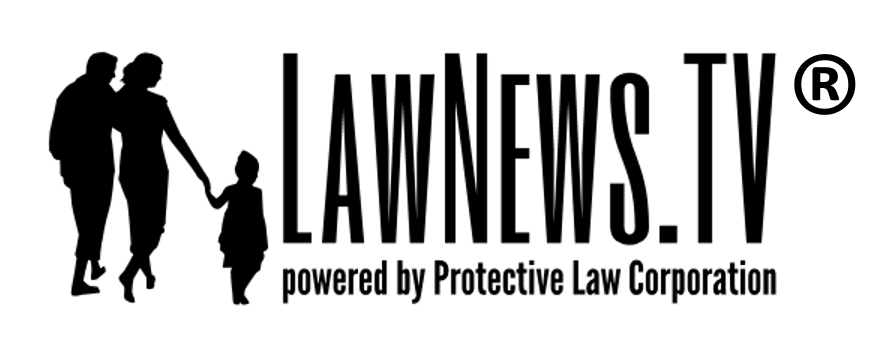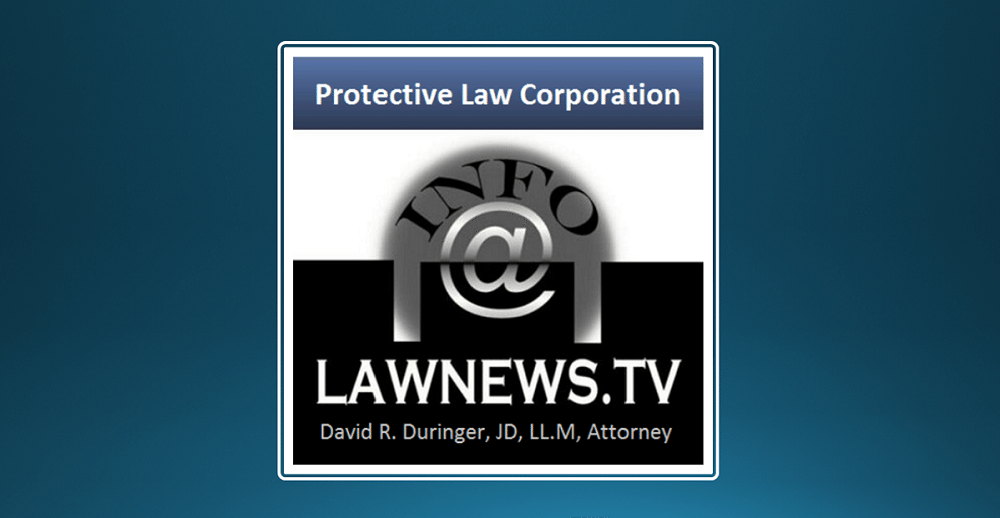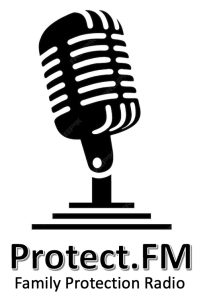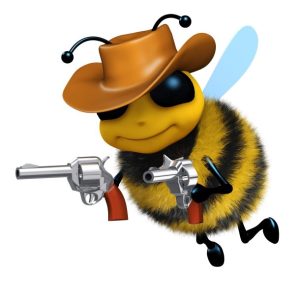Here are a few notes from my first experience with Handgun Combat Master Prep (HCMP) in a 9/26-27 private training at Front Sight, having recently qualified to take it. (They require that you first take Advanced Tactical Handgun (ATH), and to take ATH you must have passed the basic handgun skills test as a Distinguished Graduate.)
The HCMP test is completely different with added drills and much shorter times (turning targets are calibrated for differing air pressures, wind, etc.):
- Controlled pairs (from holster, and no failure to stop head shots in the HCM test)
- Close Contact: 1.0 seconds
- Palm Strike, Step Back: 1.3 seconds
- 3m: 1.3 seconds
- 7m: 1.5 seconds
- 10m: 1.8 seconds
- 15m: 2.1 seconds
- 25m (kneeling optional): 2.7 seconds
- 50m (kneeling or prone optional): 6.0 seconds
- Single shot to thoracic (5 presentations from holster):
- 7m: 1.2 seconds
- Responses (5 presentations from holster, all single shot to thoracic from 7m):
- Response to Support Side: 1.2 seconds
- Response to Firing Side: 1.3 seconds
- Response to Rear: 1.4 seconds
- Multiple Targets (all at 5m, single shot to each target’s thoracic cavity):
- 2 targets: 1.5 seconds
- 3 targets: 1.8 seconds
- 4 targets: 2.1 seconds
- Designated Head Shots:
- 5m: 1.3 seconds (4 iterations)
- 7m: 1.5 seconds (5 iterations)
- Ambidextrous Drill:
- one shot to each of 3 targets, perform emergency reload, switch hands, fire 1 shot to each of 3 targets using support side hand only
- perform once at 7m: 6.0 seconds
- Hostage Rescue Shots (7m, single shot to head):
- hostage taker on Left: 1.5 seconds (5 iterations)
- hostage taker on Right: 1.5 seconds (5 iterations)
- Odd Angle Adversaries (7m, single shot to head or body):
- adversary on Left side of cover: 1.5 seconds (5 iterations)
- adversary on Right side of cover: 1.5 seconds (5 iterations)
- Malfunctions/Manipulations
- Type 1 Malfunction: 1.0 seconds (5 iterations)
- Type 2 Malfunction: 1.2 seconds (5 iterations)
- Type 3 Malfunction: 4.0 seconds (5 iterations)
- Tactical Reload: 3.5 seconds (5 iterations)
- Emergency Reload: 1.0 seconds (5 iterations)
This is why there are only 28 Handgun Combat Masters. (There is an older “Advanced Test” that is in between the standard and HCM tests and passing that is a more realistic goal for most of us. I never thought i would graduate the basic test, let alone DG, so who knows?)
So here are a few notes from my private training, which i had to cut short due to a family matter (no, I didn’t pass the HCM test):
- I had both John Reynolds and Mac Morian as instructors on the first day, only John on Day 2 (John is an actual HCM, and he helped me graduate for the first time after 13 years of training at Front Sight)
- I have a tendency toward too much blade, more than the recommended 30 degress, and i couldn’t remember the reasons for keeping blade shallower–here are some we discussed: shallower 30 degree blade avoids twisting of the body and allows for more mobility to the side; also there is more mass (shoulder) behind the gun, for better recoil control
- There is some disagreement on whether to attain a third sight picture after a controlled pair: Brad advocates dropping gun to ready for clear view; others say need 3rd sight pic to see the perp’s hands and assess threat from them (also i think it helps with follow through)
- i asked about the reasons behind the slight bias toward “thumbs high” in grip as the only reason i’d been able to think of was that it works very well when articulating thumbs in and out of SUL position; i’d never quite understood Brad’s claim that thumbs high gave better dexterity to trigger finger until John illustrated by asking me to compare with moving trigger finger while thumbs are down crushing fingers — i really noticed a difference!
- another longstanding problem of mine is that in training i’ve always tended to not use enough isometric tension; we spent a lot of time working on this issue doing drills with “exaggerated isometric tension” which i think were the high point of this particular training session; I used much greater iso than ever before and was able to cut time for follow-up shot down to 0.25 seconds
- cleaning up my presentation, we noticed my support hand was a bit too high (a previous instructor got me doing that); keeping it lower is safer, to avoid finger entering trigger guard at Count 4; instead, bring support hand up at count 4 until it hits bottom of trigger guard
- explosive count 1 then brake with iso
- Palm Strike, Step Back drill: recommend step-trail leading with firing side foot
- Close Contact: no step back
- scanning: double 180 better than quarter turn because you get second look at BG; usually start looking to right because firing side foot already back
- responses: all are 1) step 2) pivot 3) present
- Type 1 trigger press is at first beep in standard test, but in advanced and HCM tests the first beep is after trigger press and finger straight
I’m going to try and make it out there again in November for HCMP in a private, also for ATH — more notes then.
I hope these notes help others on this long and challenging road.







